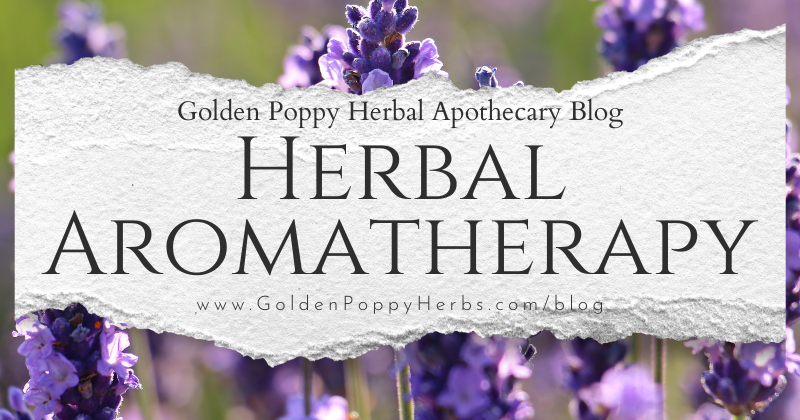
What does it really mean to “take a breather” – literally. Intentional breathing and focusing on our body helps to bring us into the here and now, and helps us to feel present in this moment.
We can honor this intention and include the magic of plants with the practice of sharing breath with them by connecting with their air element: their essential oils.
We can also create sacred space by invoking the aromatic properties of herbs. Aromatic herbs are closely associated with the element of air, and they deeply resonate with our sacred breath. They are often used to call upon the divine, or help us to connect with the holy aspects of life.
Join us as we explore the ancient art of aromatherapy, and how to bring this into your herbal practice.
What is Aromatherapy?
Simply defined, aromatherapy is a holistic healing modality that uses the essential and volatile oils of a plant to achieve a desired outcome by way of scent. Aromatherapy is used across a broad spectrum, with some scents having an energizing effect for someone who is feeling lethargic, while others may be used to reduce stress or anxiety by way of grounding or calming properties.
Like many herbal and holistic healing approaches, aromatherapy is a practice that is deeply ancient. It is believed that the earliest use of aromatherapy was incense, in which it was realized that burning certain types of plant materials and resins had an aromatic effect. Having been used since perhaps even prehistoric times, aromatherapy has evolved throughout the centuries.
To demonstrate just how ancient the practice of aromatherapy is, we can look at documented historical and archaeological findings. In an archaeological grave site of a neanderthal man that was discovered from Mesopotamia, or the ancient city that is located in what is modern day Iraq, pollen grains of 8 types of herbal plants were found. This suggests that the use of medicinal plants, and those that had aromatic properties could date back as far as 60,000 B.C.E. It is also believed that there is evidence of use of aromatherapy dating back to the Neolithic period, which dates around 7000 to 4000 B.C.E where it is demonstrated that aromatic herbs were heated up in animal fats to draw out the aromatic properties of the plants.
Written documentation traces use of aromatherapy in ancient cultures throughout the world including China, Egypt, Greece, Rome, India, and many others. The use of aromatherapy included ritualistic or religious uses, such as before entering battle as was the case in parts of ancient Africa, invoking the sacred or to connect with divinities, healing, cleansing, daily use as witnessed in ancient Egypt, or even for aphrodisiac properties.
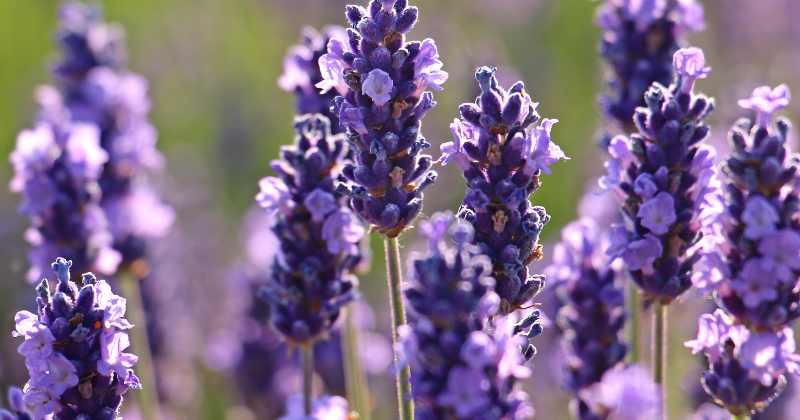
Herbs with Aromatic Properties
The Doctrine of Signatures can be used to identify and connect with herbs that tend to have aromatic properties. Aromatic herbs are often resonate of the element of air, and this is reflected in their appearance. Aromatic herbs tend to be long and thin, almost spindly in nature. They may often reflect spears with flowering tops, such as lavender. They also often have leaves that are evenly spaced along a thin stem, as we see with herbs such as mints, lemon balm, or catnip. Additionally, aromatic herbs have flowers that seem delicate, perhaps even wispy as we see with bee balm (monarda), passion flower, or even arguably rose.
Herbs that are aromatic are also often easily identifiable as it is their volatile oils that make them stand out. The volatile oils are what give the herbs their delicious and distinctive scents. You can often rub the leaves or flowers between your fingers and it will leave behind the aroma of the plant. Other types of aromatic herbs (many of which you may already be familiar with in the kitchen!) that have not yet been identified include:
… and the list goes on!
Integrating Aromatherapy into your life
Most tend to be familiar with aromatherapy in the form of using essential oils in a diffuser, or perhaps via perfumes. However, there is a wide variety of ways to incorporate aromatherapy and aromatic herbs into your herbalism practice! Here are a few ways we suggest:
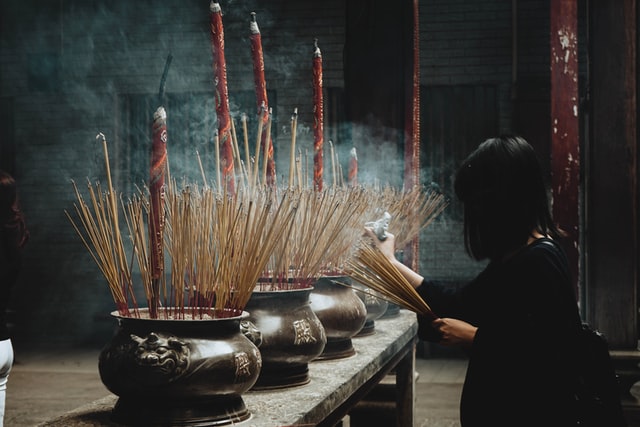
Incense
Sacred smoke has been utilized by humans for centuries, if not thousands of years. Burning plants materials in the form of incense has been used in rituals, particularly those to invoke divine beings and bring us into connection with something larger than ourselves, has been used as a form of cleansing a space of unwanted energy, and as a way to bring us further into the present moment.
While incense is easily accessible as pre-made sticks or cones, it is also possible for you to get creative and make your own, simply by creating “loose” incense! Loose incense is essentially creating a mix of dried aromatic herbs that can then be burned over a charcoal disk (disclaimer: Please be sure that you are using charcoal that is specifically designed for burning incense, do not use charcoal used in grills or other similar appliances – this is not only a significant fire hazard, but is dangerous to burn indoors due to the fact they produce toxic fumes!). Herbs that work really well in loose incense include rose petals, cinnamon, sage, mugwort, jasmine, patchouli, lavender, and damiana, among many others. As a safety precaution, check to make sure that the herbs that you use are safe if inhaled, particularly if you have pets in your home, which may be more sensitive than you are!
Resins are also a great way to interact with plant-based aromatherapy in the form of incense. Here in Colorado there is a plethora of pine resin in our beautiful forests – simply search around the base of a pine tree to find clumps of this special gift. It’s an extra special incense to burn around the holidays to get in the yuletide spirit!
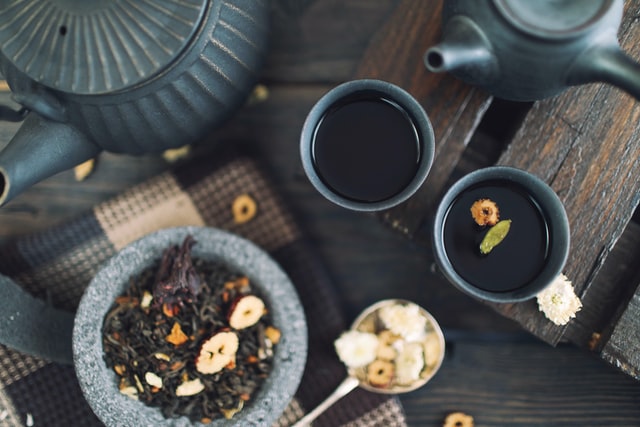
Teas
Most aromatic herbs can also be incorporated into tea blends, and often they give your tea blend an extra delicious kick! Be careful, as a little goes a long way when it comes to aromatic herbs as the taste can become quickly overpowering (looking at you with love yarrow and vervain).
An extra special way to connect with aromatic herbs in a tea blend is to share breath with the herbs in your cup. Take a moment before drinking the tea to ground yourself, and hold the cup close to your nose. Breathe in deeply, fully taking in the aroma of the tea, and allow yourself to be aware of how the aroma feels in your body. Is it calming? Is it invigorating? Engaging in this activity brings us into closer connection with the properties of the herb.
Shop our selection of herbal tea blends here: shop.goldenpoppyherbs.com/herbal-tea-blends
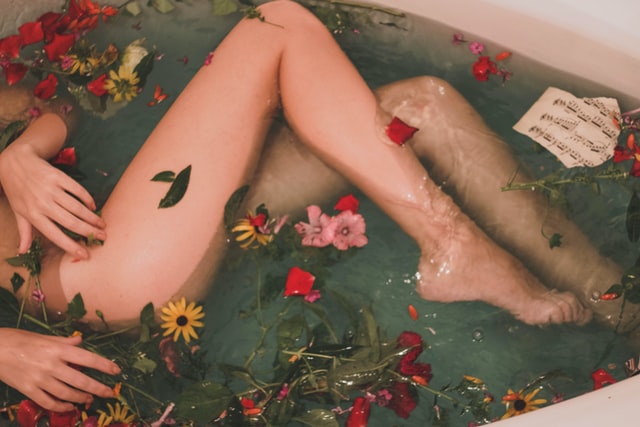
Baths
An extra special and indulgent way to connect with aromatic herbs is by incorporating them into your bath. You can also create a ritual out of this, perhaps choosing to use aromatic herbs in your bath during a special phase of the moon. You may also consider hanging eucalyptus leaves in your shower in the morning to help wake you up if you tend to be groggy (or to help clear your sinuses if you’re feeling a bit stuffy!). It is hard to not feel a sense of the divine when partaking in an aromatherapy bath, as it takes something relatively mundane and brings it to the next level!
Additional ways to incorporate aromatherapy into your practice include using aromatic herbs in bath and body products such as scrubs or creams, perhaps creating your own homemade herbal perfumes or balms, creating a rose or lavender water toner, incorporating aromatic herbs into homemade cleaners, or even creating herbal dream pillows or stuffed animals – the options truly are endless.
Thank you for exploring this ancient practice with us this month dear readers. We also hope the next half of your year brings you joy and abundance as we move into the harvest season that soon awaits us. We hope your feet have felt the tantalizing richness of summer grass, and that the sun has lovingly kissed your face! As we move into the true heat of the summer season, we are thankful for you all, and thank you for supporting our business. If you are interested in learning more about aromatherapy, check out our supplies to support your own custom creations, or learn more from one of our in-house aromatherapists!
Sources:
- Aroma God. “History of Aromatherapy.” Aroma God: Aromatherapy and Beyond. 2020. Retrieved from: https://aromagod.com/blogs/news/the-history-of-aromatherapy#:~:text=Aromatherapy%20dates%20back%20to%20ancient%20cultures%20more%20than,after%20animals%20had%20consumed%20the%20foliage%20or%20fruit.
- Aromatherapy Associates. “The History of Aromatherapy.” Aromatherapy Associates. 2020. Retrieved from: https://www.aromatherapyassociates.com/history-of-aromatherapy
- Keville, Kathy. “History of Aromatherapy.” How Stuff Works. 2020. Retrieved from: https://health.howstuffworks.com/wellness/natural-medicine/aromatherapy/aromatherapy-frankincense.htm
- National Center for Complementary and Integrative Health. “Aromatherapy.” U.S. Department of Health and Human Services. January 2020. Retrieved from: https://www.nccih.nih.gov/health/aromatherapy
Browse by category
- Aromatherapy
- Astrology & Magic
- Ayurdeva
- Botany Foraging & Gardening
- Chakras
- Digestion
- Earth Connection
- Energetics
- Flower & Gem Essences
- Folk Traditions
- Herbalism & Holistic Health
- Immune Support
- Materia Medica
- Mushrooms
- Nutrition
- Seasonal Living: Autumn
- Seasonal Living: Moon
- Seasonal Living: Spring
- Seasonal Living: Summer
- Seasonal Living: Winter
- Skin & Body Care
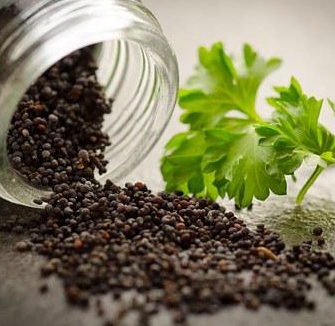
Don’t Miss a Thing!
Enter your email below to be the first to know about sales, new products and tips for taking care of your pieces.

